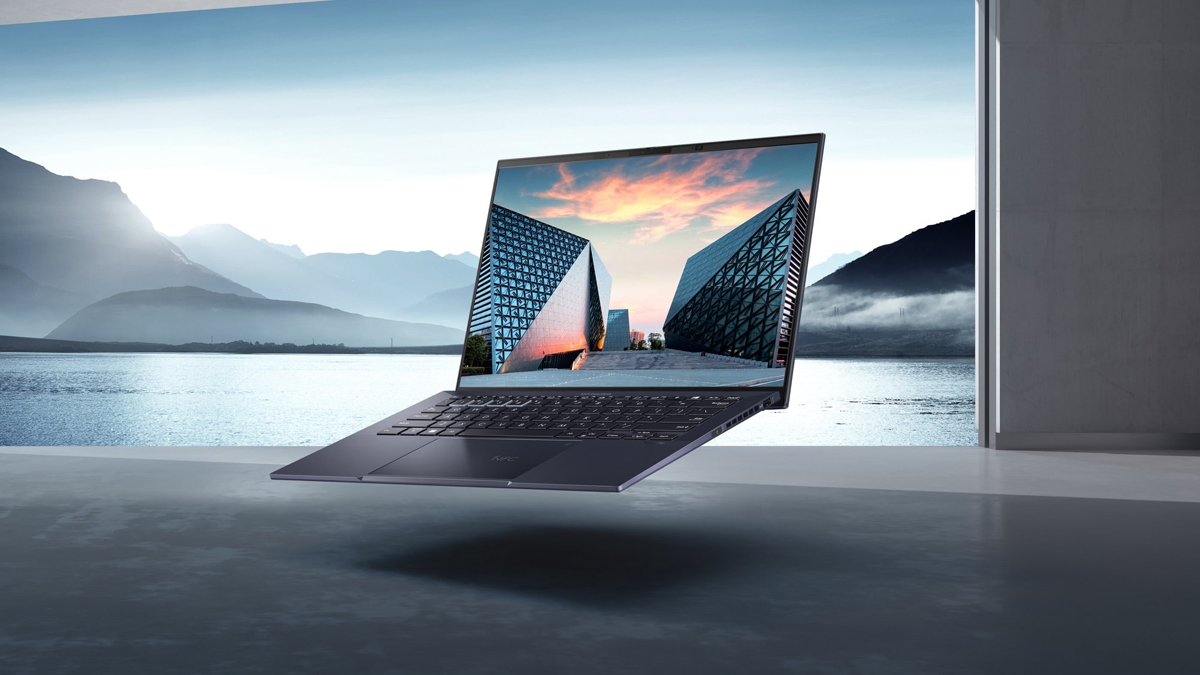Using an OLED laptop is crucial since it exposes your eyes to substantially less blue light than standard LCD panels. In this post, you'll learn more about the advantages of OLED laptops, read an experiment to see how much blue light ASUS Lumina OLED screens block, and explore the most recent OLED ASUS laptop models. Read on to learn more about this incredible technology!
Effects of Excess Blue Light Exposure
Blue light occurs in nature and is found in sunshine, which helps us remain alert and regulates our biological clock. Blue light is typically not harmful to human eyes. However, excessive exposure might have negative consequences.
Disrupted Sleep Cycles
Prolonged screen usage before bedtime may disturb sleep cycles because the blue light generated by your smartphone confuses the brain into believing that it is still sunlight. This decreases the production of melatonin, a sleep hormone. Prolonged screen time is nearly unavoidable in contemporary life; however, there are ways to decrease the quantity of blue light you are exposed to.
ASUS Lumina OLED panels emit 70% less blue light than standard LCD displays. OLED screens also offer a greater brightness perception, allowing users to see material at lower nits* while maintaining clarity and color vividness. Reduced nits imply lower brightness levels and lead to less blue light exposure to the eyes, resulting in less visual discomfort.
Retina Damage
In general, the pixels on device displays generate three colors: red, green, and blue. You may wonder why red and green light aren't addressed when discussing exposure to light from a gadget screen. This is because the wavelengths of red and green light are often between 500 and 600 nm, but blue light has a significantly shorter wavelength of roughly 400 to 500 nm. Blue light is particularly damaging between 415 and 455nm. In any event, shorter wavelengths suggest more energy, which might lead to cone cell injury.
Cone cells are photoreceptors that let humans see colors. They are clustered in the middle of our retinas. Gifu Pharmaceutical University performed a research in which mouse cone cells were exposed to red, green, and blue light. Blue light was shown to be more detrimental to cone cells. Only 20% of mouse cone cells survived a 24-hour exposure to blue light, which is a significant contrast from the survival of around 100% of mouse cone cells exposed to red and green light for the same time period.
Seeing is Believing: The Bandpass Filter Experiment

ASUS performed a Bandpass Filter experiment to show that ASUS Lumina OLED panels suppress blue light by up to 70% when compared to standard LCD displays. For this experiment, an ASUS Zenfone's camera lenses were covered with a bandpass filter that let only damaging blue light (436 nm) through. Then, an ASUS Lumina OLED display and an LCD screen display were positioned side by side and seen using bandpass-filtered Zenfone camera lenses.
The brightness of the two panels differed dramatically: the OLED panel was almost black, whilst the LCD display was quite bright. This proved that a large quantity of blue light was flowing through the bandpass filter from the LCD display while outputting significantly less blue light from the OLED screen.
Read Also: Learn Most Common Laptop Problems and How to Repair Them
Asus Is The Leading Brand In Oled Laptops
ASUS, the world's leading brand of OLED laptops, provides OLED solutions for a wide range of customers, including sophisticated and casual creators, professionals, students, and daily-use laptops. TÜV Rheinland and SGS have approved ASUS Lumina OLED laptops for minimal blue light. TÜV Rheinland has also certified them as flicker-free, ensuring a more pleasant viewing experience.
ProArt Studiobook 16 OLED (H7604) is an excellent, powerful choice for experienced producers that deal with 3D modeling tools like Blender or Cinema4D. ASUS Vivobook Pro 15 OLED (N6506) is a practical and dependable alternative for both casual and professional producers, at an inexpensive price. The extremely creative Zenbook DUO (2024) UX8406 has a pioneering design with two complete 14-inch OLED displays, giving twice the screen area and four use modes: twin screen mode, laptop mode, desktop mode, and sharing mode. This device is perfect for multitaskers and users that want a high degree of versatility. The ASUS Vivobook S 16 OLED (S5606) and ASUS Vivobook S 14 OLED (S5406) are ideal for daily customers looking for a solution for simple work, online meetings, and entertainment.
All of these models are OLED laptops with reduced blue light, ensuring visual comfort and colorful viewing experiences in both bright and dark settings. Click the button below to see ASUS Lumina OLED laptop alternatives!













